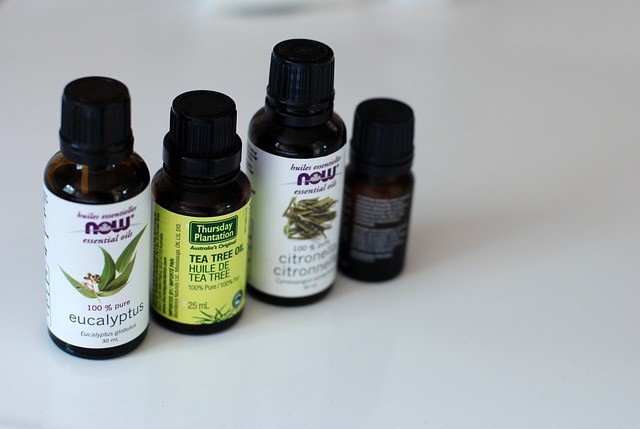Learn the truth about essential oils that no one talks about. Check out the article we found over at Mercola.com.
Despite the fact that thousands of people report successful use of essential oils to help treat various health ailments, mainstream medical community tries to dismiss their claims. Essential oils are everywhere; if you follow any blogs, you will find them in DIY, survival, natural health, and mommy blogs. So do essential oils really work, or are they just expensive fragrant quackery?
What Are Essential Oils?
Essential oils carry the physical properties of flowers and plants in a highly concentrated form. Through the different processes of distillation, the volatile constituents of the plant’s oil are extracted from its flowers, leaves, branches, or roots. Essential oils carry biologically active volatile compounds in a very concentrated form that exhibit therapeutic benefits in very small amounts.
The most common groups of chemical components found in essential oils are terpenes, alcohols, esters, ketones, aldehydes, and phenols. Most essential oils are antibacterial, antifungal, antiviral, anti-inflammatory and antioxidant. The antioxidant value in some essential oils alone is absolutely amazing, just an ounce of Clove Oil has the antioxidant capacity of 450 lbs of carrots, 120 quarts of blueberries, or 48 gallons of beet juice.
The Real Truth About Essential Oils that Nobody Talks About
Essential oils will not encourage “superbugs”
Bacteria have proven that they can mutate to form different kinds of resistant strains of “superbugs” to adapt to the toxic antibiotic drugs. Essential oils have never created a superbug. There have been hundreds of studies clinically proving their effectiveness against pretty much all bacteria, including MRSA and other superbugs.Essential oils have been shown to have antiseptic properties against drug-resistant bacteria. According to research presented at the Society for General Microbiology’s spring meeting in Edinburgh, the essential oils of thyme and cinnamon were found to be particularly efficient antibacterial agents against a range of drug resistant Staphylococcus species which are extremely difficult to treat.According to Science Daily, a Georgetown University research study found that the germ-killing properties of oregano oil were found as effective as most antibiotics — including vancomycin — for treatment of antibiotic-resistant superbugs such as E. coli, Salmonella, MRSA and flesh-eating bacteria.Essential Oils address the causes of disease at a cellular level. Essential oils can penetrate the cellular wall and dispel viruses, whereas antibiotics can only kill bacteria outside of the cellular wall. One drop of essential oils contains enough molecules to cover every cell in our bodies. Just one molecule can open a receptor site in our bodies and communicate with the DNA to alter cellular function.
When purchasing essential oils, keep in mind that they are not the same as synthetic fragrance oils, which in most cases are not safe to use on the skin. Pure essential oils are always natural.
Many oils also need to be diluted with a “carrier oil” such as coconut oil which serves as a base to add a few drops of essential oils to.
Always use a carrier oil when using essential oils on babies and children since their skin is much more sensitive to the effects.
Keep in mind that many essential oils on the market are not 100% pure and therapeutic; they may have potentially toxic extenders.
Next Article: Study Shows Frankincense And Myrrh Essential Oils Suppress Various Cancers
Read full article: Essential Oils Support Physical and Emotional Well-Being







Recent Comments